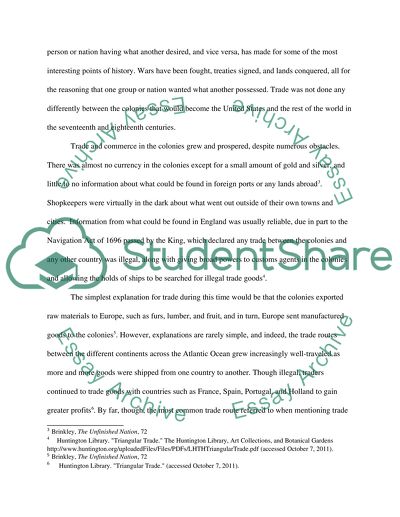Cite this document
(“The Triangle of Trade in the Atlantic Ocean During Colonial Times Research Paper”, n.d.)
The Triangle of Trade in the Atlantic Ocean During Colonial Times Research Paper. Retrieved from https://studentshare.org/history/1433044-the-atlantic-trade-system
The Triangle of Trade in the Atlantic Ocean During Colonial Times Research Paper. Retrieved from https://studentshare.org/history/1433044-the-atlantic-trade-system
(The Triangle of Trade in the Atlantic Ocean During Colonial Times Research Paper)
The Triangle of Trade in the Atlantic Ocean During Colonial Times Research Paper. https://studentshare.org/history/1433044-the-atlantic-trade-system.
The Triangle of Trade in the Atlantic Ocean During Colonial Times Research Paper. https://studentshare.org/history/1433044-the-atlantic-trade-system.
“The Triangle of Trade in the Atlantic Ocean During Colonial Times Research Paper”, n.d. https://studentshare.org/history/1433044-the-atlantic-trade-system.


